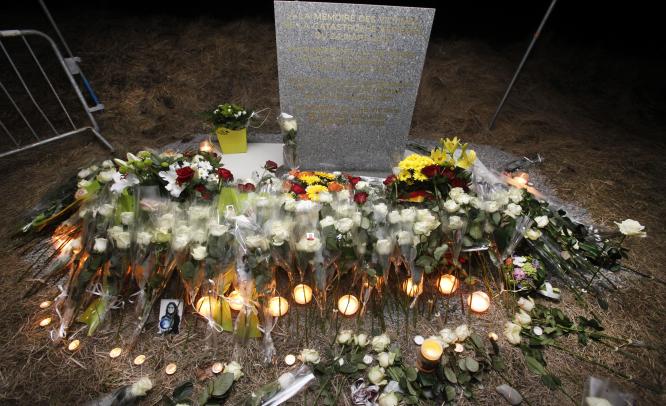The Germanwings crash is the latest in a string of incidents involving airlines in the last one year
Tim Evershed
March 27, 2015: When Germanwings flight 4U 9525 crashed on an Alpine mountainside in France earlier this week (March 24), it continued a worrying trend for airline insurers.
The plane, carrying 150 people, was on its way from Barcelona in Spain to Düsseldorf in Germany. None of the 144 passengers or six crew members survived, and it now appears that the co-pilot deliberately crashed the plane.
German insurer Allianz has released a statement confirming that it is the head underwriter for the Germanwings plane, which had a hull value of $6-$7 million.
“It would not be appropriate to comment on the details of this tragic event at this stage, except to say that our thoughts are with all those involved,” Allianz said in a statement. “We can confirm that Allianz Global Corporate & Specialty is the lead insurer of the Germanwings aviation hull and liability policy, which covers this flight 4U 9525. As is normal practice in aviation insurance, AGCS shares the policy coverage with a number of co-insurers. We are ready to support our client as fully and quickly as possible, working in conjunction with our co-insurers.”
This tragedy is the latest in a string of incidents involving airlines.
AGCS was also the lead aviation hull and liability reinsurer for Malaysia Airlines MH17, the flight that crashed in July 2014 over eastern Ukraine with the loss of 295 lives.
That was the second disaster to strike Malaysia Airlines in 2014, and the airline has still not located the plane that went missing off the coast of Australia 12 months ago.
AirAsia also sustained a loss in December 2014 as a plane crashed en route from Surabaya, Indonesia to Singapore.
This series of aviation disasters has cast a pall over the insurance market, with carriers facing annual losses exceeding $2 billion, including liability and hull losses expected to amount to several hundred million dollars. It represents the biggest bill carriers have had to foot since the September 11, 2001 terrorist attacks.
Although insurers are expected to meet all claims, they are expected to raise premiums and tighten terms and conditions when renewals are negotiated.
Following the gunning down of Malaysia Airlines Flight MH17 near the Russian-Ukraine border, some insurance underwriters were asking for premium increases of 300% for war risk insurance policies.
Other insurers want exact details of all flight paths, and are considering exclusions for all flights that cover so-called “hot spots” in the Middle East and parts of Africa.
Insurance Information Institute President Robert Hartwig said: “The risk profile of international aviation has shifted, becoming riskier and justifying a response in terms of underwriting and pricing. I also expect that airlines will seek to mitigate risk, perhaps lessening the impact of higher insurance costs, by temporarily avoiding some conflict zones, such as eastern Ukraine.”
The losses come against a backdrop of falling airline premiums, which have been declining steadily for five years.
According to Lloyd’s on London, the global aviation hull war market accounts for around $65 million of premium per annum; but last year’s claims totalled over $600 million.
“In a period when premium rates have generally fallen, most notably in the reinsurance space, this is a reminder of why pricing must reflect the underlying risks which are being written,” said Lloyd’s chairman John Nelson.
Losses within the aviation sector comprised nearly half of all Lloyd’s major claims last year, contributing to a £310mn hit out of a £670mn total.
It adds up to a bleak outlook for aviation insurers unless changes are made. So, as the search for answers in the Alps continues, so the questions over the future of airline insurance will be ongoing too.
Also Read:


